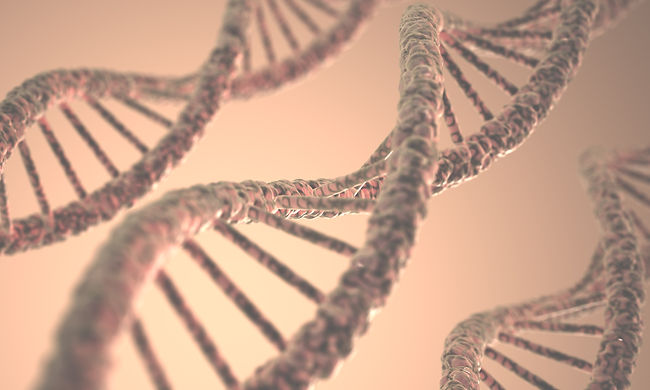

Center for Molecular Modeling (CMM) @ UGent
The Center for Molecular Modeling is a multidisciplinary research center at Ghent University based in the Faculty of Sciences and the Faculty of Engineering and Architecture. The Center focuses on frontier research in six major areas:
-
chemical kinetics in nanoporous materials
-
computational material research on the nanoscale
-
spectroscopy
-
many-particle physics
-
model development
-
bio- and organic chemistry.
The six areas define the core-business of the main activities, and research in each of them is performed within the frame of a strong network with partners at Ghent University, in Flanders and at an international level. There is a strong synergy between the various research cells, stimulating interdisciplinary research. In addition the presence of physicists, chemists and engineers in the same Center is an ideal mixture to interchange ideas and to give mutual support. As the Center is composed of a theoretical and computational division, new model developments are regularly proposed which are applied in the various more application driven areas and which allows to go beyond state of the art. It is precisely this multidisciplinary character of the CMM, which is key towards excellence.
Computational study
Carbon Capture and Sequestration, abbreviated CCS, is a technology that captures CO2 from exhaust gases from power plants to store them in the underground. This technology is particularly important in the transition to a CO2-neutral world: the CO2 emissions into the atmosphere can be drastically reduced in the short term.
In the CCS process, nanoporous materials are used that act as a CO2-sponge: upon contact with exhaust gases, the sponge absorbs only CO2, but no nitrogen gas. When the sponge is full of CO2, the material can be regenerated in a second step. Conventionally, the sponge is 'squeezed' or heated, which requires a lot of energy and results in high operating costs.
Lennart Joos from the CMM has come up with an innovative concept proposal to dramatically reduce the operating cost of this process. Drawing on the results of advanced molecular simulations, Joos proposes to regenerate the nanoporous sponge by saturating it with water: “The water displaces the CO2 out of the material and the gas can then be easily captured underground. The water is in turn removed by placing the sponge in contact with the hot exhaust gases again.” Because no energy is needed for the regeneration, operation costs can be radically reduced, bringing large-scale application of CCS one step closer.
VSC facilitates computational research
“The Tier-1 and Tier-2 infrastructure of the VSC is indispensable for the research in the CMM”, confirms Prof. Veronique Van Speybroeck, director of the Center for Molecular Modeling. “The specialized staff from the VSC fully manages the infrastructure, so that our researchers can focus on their actual research and not on the technicalities associated with the upkeep of a supercomputer.”
“In addition”, she adds, “the dedicated helpdesk, user support and training of the VSC boost the self-reliance of our researchers in doing computational work, giving them a competitive edge in innovation.”
Links
References
Carbon capture turned upside down: high-temperature adsorption & low-temperature desorption (HALD), Lennart Joos, Kurt Lejaeghere, Johanna M. Huck, Veronique Van Speybroeck, Berend Smit, Energy Environ. Sci., 2015, 8, 2480-2491.
